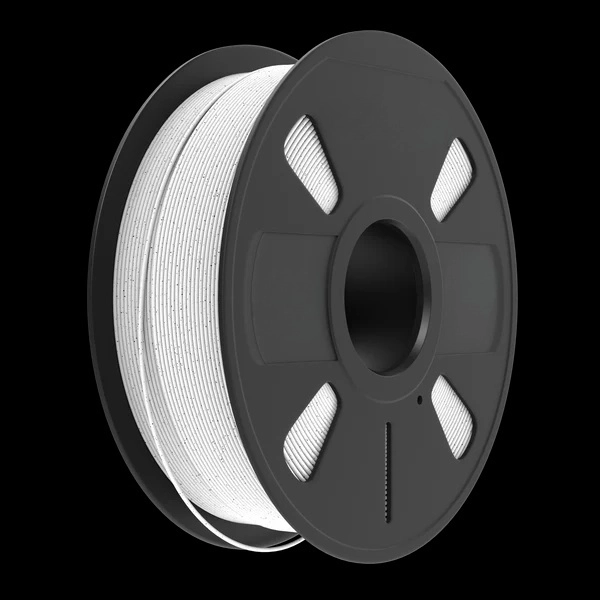In today's world, where environmental concerns are at the forefront, the choice between eco-friendly packaging and normal packaging has become a significant consideration for businesses. This blog post aims to delve into the topic and explore the various dimensions of eco-friendly packaging, highlighting its superiority over conventional packaging methods. By analyzing its environmental impact, cost-effectiveness, and consumer perception, we can understand why eco-friendly packaging is the way forward for a sustainable future.
- Environmental Impact:
Eco-friendly packaging, also known as sustainable packaging, is designed to minimize its impact on the environment throughout its lifecycle. It is typically made from renewable or recycled materials, reducing the consumption of natural resources and energy. In contrast, normal packaging often relies on non-renewable resources, such as plastic or Styrofoam, which contribute to pollution and landfill waste. By opting for eco-friendly packaging, businesses can actively contribute to reducing carbon emissions, conserving resources, and mitigating environmental degradation. - Cost-Effectiveness:
While some may argue that eco-friendly packaging is costlier than conventional packaging, a closer examination reveals the long-term cost-effectiveness of sustainable alternatives. Initially, the production of eco-friendly packaging may require higher investment due to the use of recycled or biodegradable materials. However, the reduced reliance on non-renewable resources and potential savings in waste management and disposal costs can offset these initial expenses. Moreover, eco-friendly packaging can enhance brand reputation and attract environmentally conscious consumers, leading to increased sales and customer loyalty. - Consumer Perception and Market Demand:
In recent years, there has been a significant shift in consumer behavior towards favoring eco-friendly products and packaging. Studies have shown that a growing number of consumers actively seek out sustainable options and are willing to pay a premium for them. By adopting eco-friendly packaging, businesses can align themselves with this evolving consumer sentiment, gaining a competitive edge in the market. Moreover, eco-friendly packaging enhances brand image, as it demonstrates a commitment to environmental responsibility, which resonates positively with consumers and fosters brand loyalty. - Innovations in Eco-Friendly Packaging:
The development of eco-friendly packaging has witnessed remarkable advancements in recent years. From biodegradable plastics to compostable materials, innovative solutions are emerging to address the limitations of traditional packaging. For instance, plant-based plastics derived from renewable sources offer similar functionality to conventional plastics but with reduced environmental impact. Additionally, advancements in packaging design and technology have led to improved durability and protection, ensuring that eco-friendly packaging meets the necessary standards for product safety and preservation.
Conclusion:
In conclusion, eco-friendly packaging surpasses normal packaging in multiple aspects, making it a superior choice for businesses aiming to reduce their environmental footprint and meet consumer demands. Its positive impact on the environment, long-term cost-effectiveness, and alignment with evolving consumer preferences make it a compelling option. As the world continues to prioritize sustainability, embracing eco-friendly packaging is not only a responsible choice but also a strategic decision that can drive business growth and contribute to a greener future.





